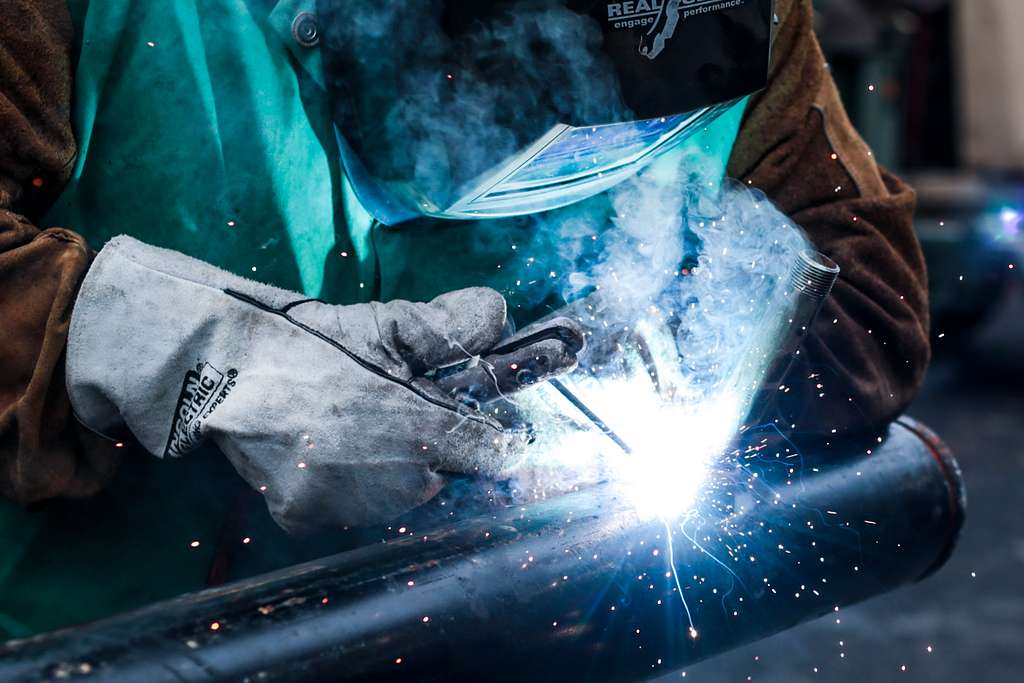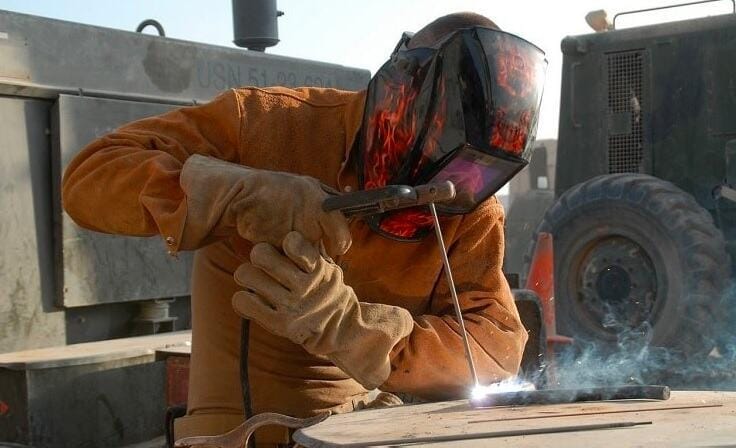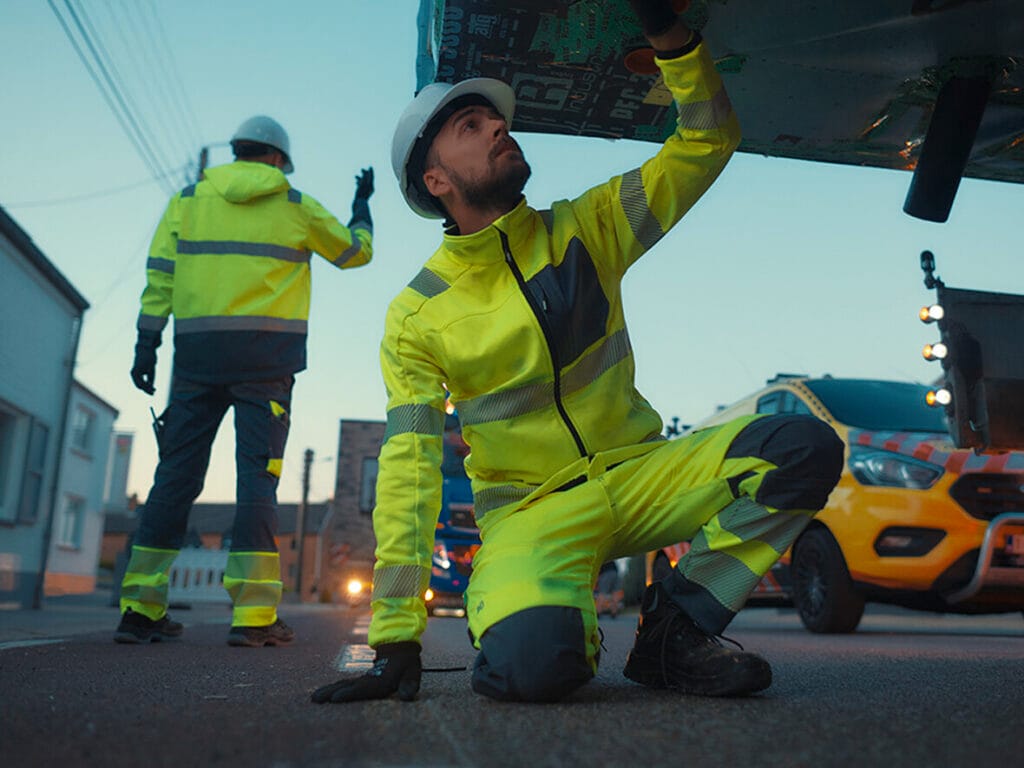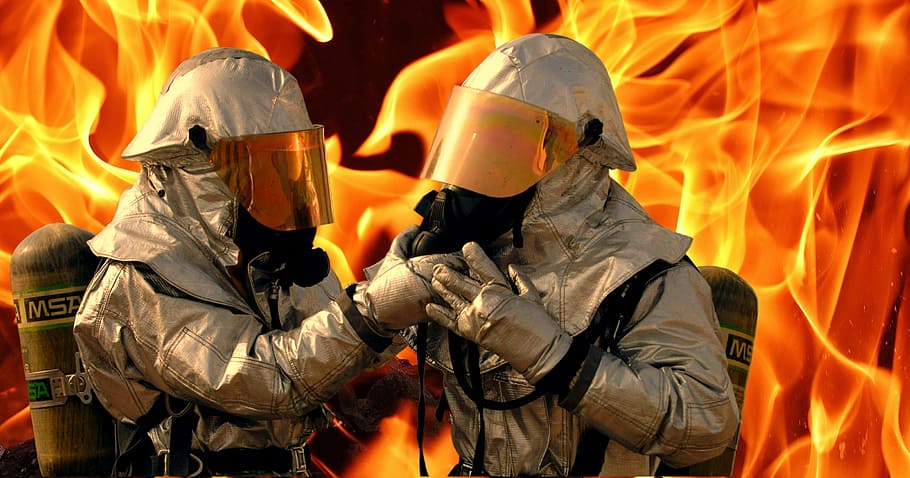
If you’ve ever tried to clear a shipment of PPE into the European Union, you know the paperwork can be just as important as the product itself. But here’s the challenge in 2025: the rules keep changing, and the pace is faster than most buyers expect.
I’ve worked with importers who’ve lost tenders worth hundreds of thousands of euros because they submitted the “wrong” certificate—sometimes just a few months out of date. I’ve seen containers held at port while demurrage fees stack up, simply because a notified body number had changed.
The reality is this: Europe’s PPE standards are not static. They evolve based on technology, environmental priorities, and real-world safety incidents. And if you don’t adapt your sourcing process, you risk losing contracts, damaging relationships, and burning cash on preventable mistakes.
Google Snippet: Quick Answer
In 2025, Europe’s PPE regulations are tightening, with EN standards updated for high-visibility, footwear, waterproofing, chemical resistance, and cut protection. Buyers must verify supplier compliance with the latest revisions, allow extra time for testing, and maintain detailed traceability documentation to meet EU PPE Regulation (EU) 2016/425 requirements.
What’s Driving the Changes?
European PPE regulations don’t change for the sake of bureaucracy—they change to address real issues and align with broader EU policy goals.
1. Worker Safety Incidents
When PPE fails in the field, regulators take notice.
- Example: A 2023 road construction accident in Italy revealed that certain high-vis vests faded too quickly under UV exposure, leading to reduced visibility. The EN 20471 revision now includes stricter colorfastness testing.
2. Advances in Materials & Technology
As fabrics and manufacturing methods evolve, the standards must reflect their capabilities—and their limits.
- New breathable membranes prompted EN 343 updates to balance waterproofing with comfort.
- Improved composite toe caps led to new penetration-resistance tests under EN ISO 20345.
3. Environmental & Sustainability Goals
The EU Green Deal influences even safety gear.
- Materials must increasingly meet eco-standards without compromising protection.
- Recyclable components and lower-impact production methods are gaining attention in future PPE discussions.
4. Counterfeit Crackdown
The pandemic highlighted how much fake PPE can slip into global supply chains.
- Stricter documentation requirements, supply chain traceability, and QR-coded certificates are now part of the compliance conversation.
Real-World Buyer Cases
Case #1 – High-Vis Jackets in France
A municipal buyer submitted jackets with EN 20471:2013 certification for a 2024 tender. The tender required the 2023 update. The competitor’s unit price was €0.60 higher, but they had the correct paperwork and won the bid.Case #2 – Safety Boots in Germany
A shipment worth €120,000 was held in Hamburg after customs found the EN ISO 20345 certificates were issued by a notified body no longer accredited. It took three weeks and €15,000 in demurrage to resolve.Case #3 – Chemical Gloves in Spain
A cleaning company sourced gloves tested under the old EN 374 standard. When audited, they failed the expanded chemical list in the updated standard, leading to a product recall and a €25,000 loss.Case #4 – Waterproof Jackets in the Netherlands
The new EN 343 breathability requirement meant their previous fabric choice no longer passed. The supplier had to redesign and re-test, delaying the order by six weeks and costing the buyer a seasonal contract.
Key 2025 EN Standard Updates
Here’s a breakdown of the major revisions that affect common PPE categories this year, along with what they mean for you as a buyer.
| Standard | 2025 Update | Buyer Impact |
|---|---|---|
| EN 20471 | Stricter retroreflective tape placement and colorfastness tests | May require redesign of garment panels and tape layout |
| EN ISO 20345 | Updated slip-resistance tests, revised puncture-resistance protocols | Possible change in outsole compounds or insole plates |
| EN 343 | New balance requirements between waterproofing and breathability | Could limit low-cost fabric options that pass one test but fail the other |
| EN 374 | Expanded chemical lists, new permeability rating system | More frequent glove reformulations and thicker coatings may be necessary |
| EN 388 | Adjusted cut-resistance classification with improved testing methods | May require higher-grade yarns or reinforcements for gloves in high-risk sectors |
Buyer Tip: Don’t assume “certified” means “current.” Always check the certificate’s issue date, revision level, and notified body accreditation before confirming an order.
How This Impacts Your Orders
If you’re sourcing PPE for the EU in 2025, these standard updates are not just “paperwork changes.” They affect your design, production timeline, testing budget, and supplier selection process.
1. Longer Lead Times for Testing
Testing labs in Europe and Asia are busier than ever with retesting under new standards.
- Example: A Belgian distributor booked a lab slot for EN 343 retesting only to be told the next available date was six weeks out. They missed the tender submission deadline.
Buyer Tip: Book your testing as soon as design changes are confirmed—don’t wait until production is complete.
2. Design Adjustments
Some revisions require you to rethink product design before production starts.
- Example: The EN 20471 retroreflective tape update forced one UK supplier to change the placement on their high-vis jackets. Without redesign approval from the buyer, the order would have failed inspection.
Buyer Tip: Share standard updates with your design team and suppliers immediately.
3. Documentation Management
The EU PPE Regulation now expects more thorough traceability.
- Example: A Dutch importer had to provide raw material batch numbers for reflective tape used in vests—a requirement they didn’t prepare for. The delay added €8,000 in storage fees.
Buyer Tip: Keep a digital compliance folder for every SKU, including all component certificates.
4. Supplier Vetting
Not all factories have updated processes for 2025 revisions.
- Example: A Polish buyer learned too late that their glove factory in South Asia still used old EN 374 testing methods. The goods were rejected, and they had to reorder from a different supplier.
Buyer Tip: Add compliance capability checks to your supplier onboarding process.
Common Procurement Mistakes
I’ve seen even experienced buyers stumble when EU PPE rules change. Here are the big traps to avoid:
-
Assuming Old Certificates Are “Good Enough”
If a tender specifies the latest standard revision, older certificates won’t pass—even if the product hasn’t changed. -
Not Budgeting for Retesting
Retesting under new standards can cost €1,000–€5,000 per product type. It’s cheaper than losing a contract, but only if you plan for it. -
Ignoring Component Compliance
It’s not just the garment or boot—the reflective tape, zippers, and even thread may need documentation. -
Last-Minute Lab Bookings
Testing queues can derail your schedule if you don’t book early.
Cost-Benefit Snapshot
| Scenario | Non-Compliance Cost | Compliance Investment | Net Gain |
|---|---|---|---|
| Missed municipal tender | €250,000 lost revenue | €3,500 retesting fee | €246,500 gain |
| Shipment held at customs | €15,000 demurrage fees | €1,200 compliance audit | €13,800 saved |
| Recall due to failed testing | €80,000 replacement cost | €4,000 in updated samples | €76,000 saved |
| Redesign after failed inspection | €12,000 extra production | €2,000 pre-test design check | €10,000 saved |
Buyer FAQ
Q1: Do I need to retest stock already in my warehouse?
A: Not unless you plan to submit it for a tender that specifies the latest standard. For regular sales, check with your client’s requirements.
Q2: How can I confirm a notified body’s accreditation?
A: Search the NANDO (New Approach Notified and Designated Organisations) database online—it lists all current EU-recognized bodies.
Q3: Can non-EU suppliers issue valid EN certificates?
A: Yes, if they work with an accredited EU-based notified body for testing and certification.
Q4: How far in advance should I book testing?
A: Ideally 2–3 months before your target shipment date.
Procurement Checklist
- [ ] Identify applicable EN standard updates for your products
- [ ] Verify supplier compliance with latest revisions
- [ ] Confirm notified body accreditation
- [ ] Book lab testing early to avoid delays
- [ ] Gather component-level compliance documents
- [ ] Keep a digital compliance file for each SKU
- [ ] Build extra time into production schedules for retesting
- [ ] Communicate changes with design and production teams immediately
Conclusion
In the European PPE market, compliance is not optional—it’s a core part of your value to clients. In 2025, the updates to EN standards are closing the gap between “good enough” and “absolutely required.” The buyers who win contracts and keep them are the ones who treat compliance as a proactive process, not a last-minute box to tick.
If your PPE meets the latest standards, clears customs without issue, and passes every audit, you’re not just a supplier—you’re a partner your clients can trust with their reputation and their workers’ safety.
📩 Need EN-compliant PPE with updated 2025 certifications?
Email: [email protected]
🌐 www.workwearsolutions.net
Zion Zhang
Recent Posts
 Case Study: Kazakhstan Mining Project Using Advanced FR Workwear2025年11月25日Mining operations in Kazakhstan—especially in copper, iron […]
Case Study: Kazakhstan Mining Project Using Advanced FR Workwear2025年11月25日Mining operations in Kazakhstan—especially in copper, iron […] How Material Science is Redefining Safety in Mining and Oil Fields2025年11月25日Mining sites and oilfield operations remain some of the […]
How Material Science is Redefining Safety in Mining and Oil Fields2025年11月25日Mining sites and oilfield operations remain some of the […] Lightweight Armor for Industrial Workers: Safety Without Bulk2025年11月25日From oil & gas to utilities, mining, logistics, metal […]
Lightweight Armor for Industrial Workers: Safety Without Bulk2025年11月25日From oil & gas to utilities, mining, logistics, metal […] Flame-Resistant vs. Arc-Flash Protection: What’s the Real Difference?2025年11月24日Industrial workplaces—from electrical utilities and […]
Flame-Resistant vs. Arc-Flash Protection: What’s the Real Difference?2025年11月24日Industrial workplaces—from electrical utilities and […] Kevlar, Dyneema, and Beyond: The Next Generation of Protective Fabrics2025年11月24日In the world of industrial safety, personal protective […]
Kevlar, Dyneema, and Beyond: The Next Generation of Protective Fabrics2025年11月24日In the world of industrial safety, personal protective […] Case Study: Brazilian Food Plant That Adopted Antimicrobial Uniforms2025年11月22日In 2023, a mid-sized Brazilian ready-to-eat (RTE) food […]
Case Study: Brazilian Food Plant That Adopted Antimicrobial Uniforms2025年11月22日In 2023, a mid-sized Brazilian ready-to-eat (RTE) food […]
CONTACT US
- Feel free to contact us any time. We will get back to you as soon as we can!
- +86-17330061805
